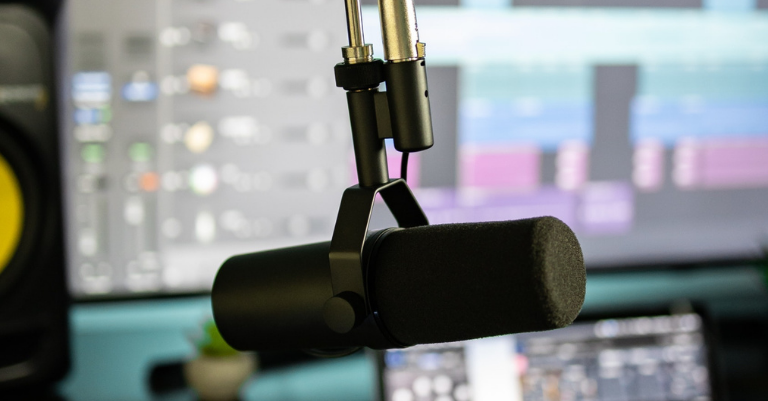Creative output in many media, be it radio, TV, film, animation, video games or XR content, often has to go through the sound post production phase during which all or part of the audio element is created and added to the visual. The creative and technical significance of this process is often overlooked by those that enjoy the entertainment industry’s output but are unfamiliar with all the elements that go into putting it together. However, because the injection of the sounds element is so important it carries with it contractual and intellectual property pitfalls which are just as significant as those linked with the script, storyline, video footage and branding, with just as much scope for ambiguity or dispute if the relevant parties aren’t on the same page.
As an example of this, if I own the rights to an animation series which is all but complete but just needs some sounds adding, and I hire a post-production company to provide them, I will ideally want to own those sounds, and the copyright in them, outright so that I can use them not just on that series but on others (including for other programmes) and for related merchandise such as toys, audio books and games. If I secure this I will also have the comfort of knowing that no one else will be using those sounds either. The consequent uniqueness of the sound track I have secured will make it more distinctive and therefore more valuable.
This may not be practical or desirable from the post-production company’s point of view, however. It may not be able to transfer ownership of the sounds it uses to the customer because it may itself not own them but instead license them in from a sound library and the terms of that library may restrict sub-licensing or manipulation. Alternatively, it may own the sounds but have already made them available to other customers, making the latest customer’s hoped for exclusivity impossible. Even if it owns them on an unfettered basis, it may prefer to maximise monetisation by retaining the right to use its sound files in work for a range of customers instead of just one.
Therefore, a customer who wants to own outright all the sounds supplied should expect to be charged more, especially if it expects new sounds to be made from scratch; it takes more money, time and effort to go out with recording equipment to capture a new cuckoo’s call rather than just to download an existing one. Similarly, having the right to use a sound supplied for whatever one likes will cost much more than just being given the right to apply it to a defined programme episode.
So in such situations the parties will have to do some negotiating before they arrive at an agreed position on deliverables and budget. However, given the wide gap between their respective starting position, the party on the receiving end of the other party’s standard form contract as the negotiating starting point would do well to scrutinise it carefully, request changes to protect its position and be wary of signing up to terms it may in practice find unsustainable.



